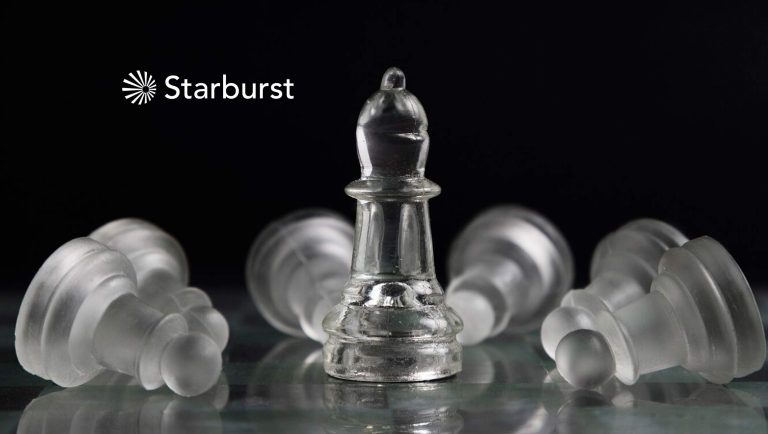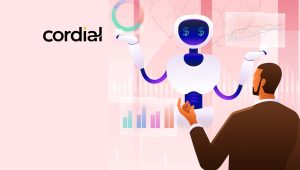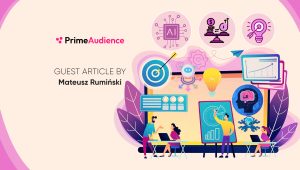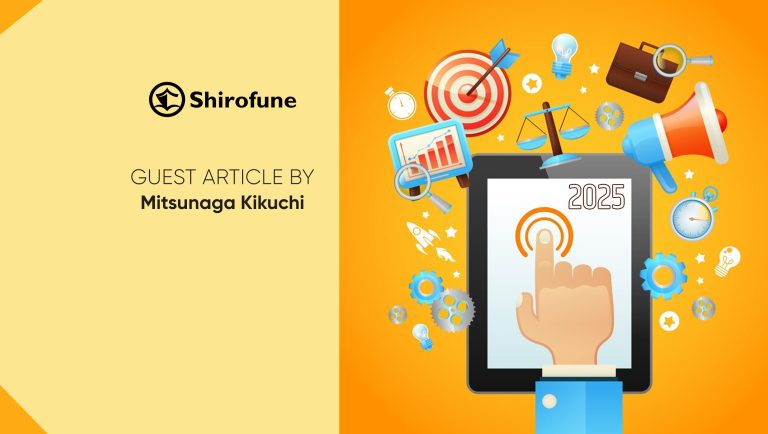Did you know that performance advertisers sacrifice quality in exchange for better mid to lower funnel results?
At the beginning of the pandemic, brands reduced advertising spend drastically. In May, 52% of marketers at large multinational companies said they would hold back on ad spend for up to six months or more as the pandemic rolled on. Even though e-commerce saw a huge spike, brands curtailed spend in digital advertising regardless. Additionally, both brand and performance advertising saw equal levels of reduced spend.
This may be surprising to many because in an economic recession, brands tend to cut down upper funnel spend and shift more towards lower funnel spend. However, a pandemic is not a recession. When COVID hit , it was sudden, and brick and mortar businesses shut down overnight.
Most consumers spend focused on essential items which led to a shortage of supply, and so these brands did not need or want to drum up more demand via performance advertising.
As a result, whether products were sold online or in physical stores, performance advertising was put on hold. As the panic subsided and lockdown eased, brands have started behaving like we are in a recession (and we are). They have started spending again and, in particular, shifted more spend to performance advertising because, in hard times, brands want accountable media.
The brand safety issue
One other phenomenon also emerged. COVID, racial injustice and a very divided world ignited a flood of misinformation and incendiary content, surfacing mainly on social media and low quality publishers. The digital content world has seen a rise in unsafe content for years, but 2020 opened the floodgates. This puts brands in a difficult position. They need to shift more spend to performance advertising but at the same time, they need to be careful where they place their ads.
This is incredibly difficult because traditionally, performance advertisers sacrifice quality in exchange for better mid to lower funnel results. They are less picky about what content their ads appear next to, as long as those websites drive site visits and conversions.
Driving results means paying less for ads, and that leads to ads being placed in poorer quality environments. Additionally, with more upper funnel focused brands now moving down the funnel, they need to maintain the quality and brand safety that protects and enhances their brand.
The internet has bifurcated into the world of the Walled Gardens of social media platforms and an Open Internet of millions of websites. These two ecosystems represent a problem for advertisers. Content on social media platforms is by nature user-generated. This means brand safety, no matter how hard the social media platforms try, is impossible to monitor. Millions of impressions of ads from quality brands are unfortunately shown next to miracle cures and other false information relating to COVID or next to racist content. The Open Internet does not fare much better, since most of the Open Internet websites are low quality. For every New York Times, there are a hundred websites that look like the user generated content we see on social media.
A new ecosystem
Therefore, we must advocate for a third ecosystem; a Curated Internet that brings together the quality publishers in the Open Internet and removes the lower quality publishers. This Curated Internet consists of entirely professionally produced editorial content that brands want to be next to. But it is important that this Curated Internet brings ROI to performance advertisers. It cannot be priced too high such that cost per action becomes unattractive to performance advertisers.
To put money where its mouth is, the Curated Internet needs to offer some level of guarantee to performance advertisers in the form of Guaranteed Outcomes. For example, if an advertiser wants to drive site traffic and not just clicks, the Curated Internet solution should guarantee the site visit rather than just a click.
Additionally, the ads have to be highly viewable. We have all seen how many ads are not seen but take credit for conversions that other seen ads drive. Also, viewable ads that do not generate an immediate click or conversion still have value in that the user may convert later, thanks partly to seeing this ad previously. Viewable ads also drive upper funnel brand value and, given the number of upper funnel advertisers that are moving further down the funnel, this is increasingly important. The upper and lower funnel are converging and more and more campaigns have dual objectives.
This all might seem like an impossible ask, but the good news is that the internet is so vast with so much volume and so many high quality sites, that there is enough inventory that can fit these needs. Someone just has to bring these things together, and we are seeing this happen as brands demand this. This encouraging development not only provides a new ecosystem for quality brands but it also fosters a sustainable advertising ecosystem that we can be proud of. And perhaps most importantly, it supports quality journalism and content, something the world desperately needs right now.





















